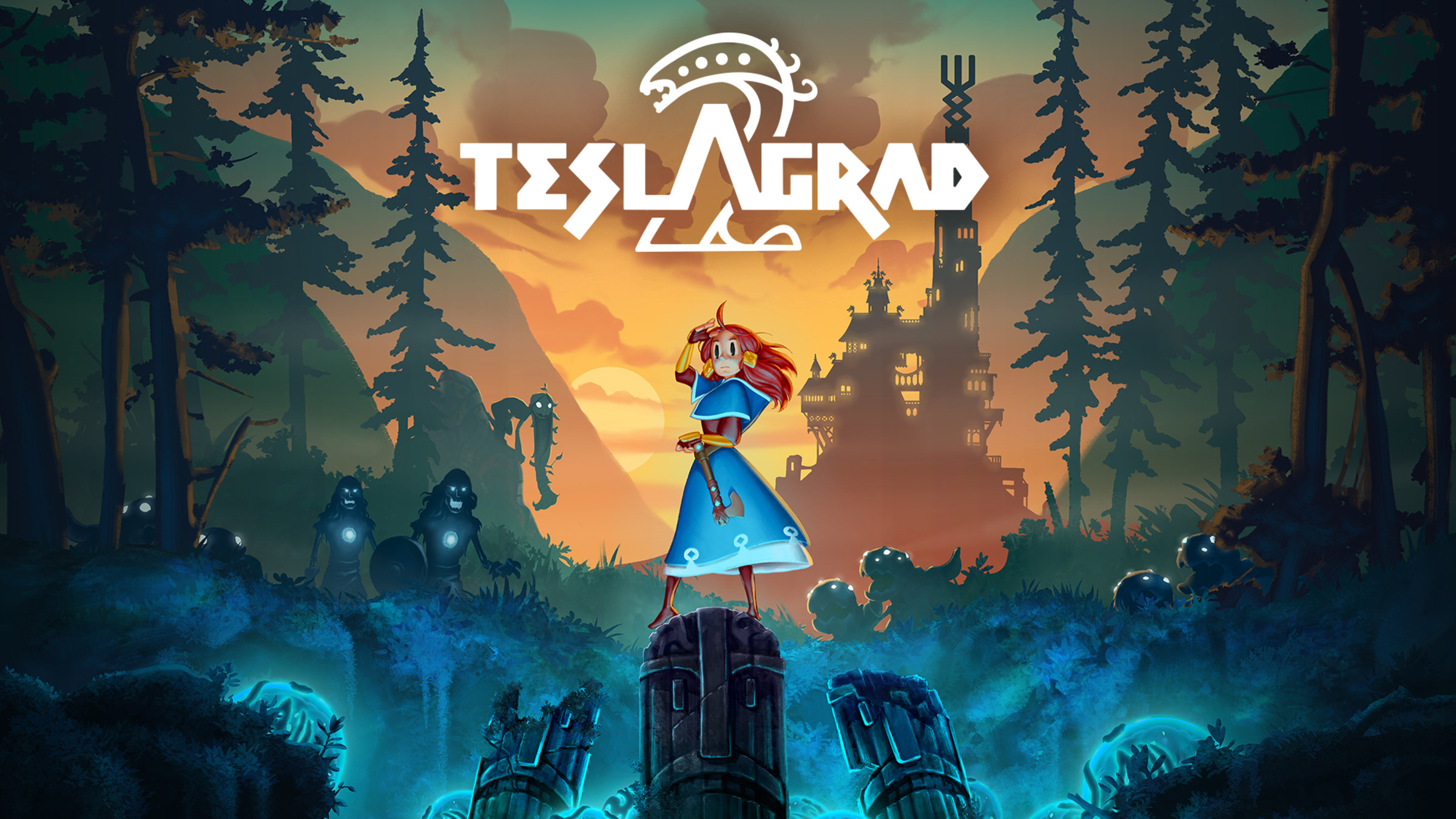Teslagrad 2
A few days ago I covered the first Teslagrad, a puzzle platform that used electromagnetic physics as a core gameplay mechanic. This was courtesy of the developers at Rain Games, who had recently released their 3D action-adventure title, Girl Genius: Adventures In Castle Heterodne. Teslagrad was a game that felt great on paper. Having escaped the city guards, a young boy ends up in a castle, and upon exploring the castle, the boy discovers his lineage as well as his adaptivity to electro magnitivty. While I praised the art style and cinematic scenes, it felt like a frustrating test of patience. Fortunately, Teslagrad 2 expands on the principles of the first game and improves on them greatly.
The sequel features a new protagonist, Lumina, who is a part of the same teslamancer lineage as the boy from the first game. As an explorer on her way home, she's ambushed by Vikings and is left stranded on a nearby island. Accompanied by a mysterious figure, Lumina must explore the island to find her way home while fending off Vikings, monsters, and beasts. Unlike the prequel's steampunk influences, Teslagrad 2 is loosely based on Nordic mythology.
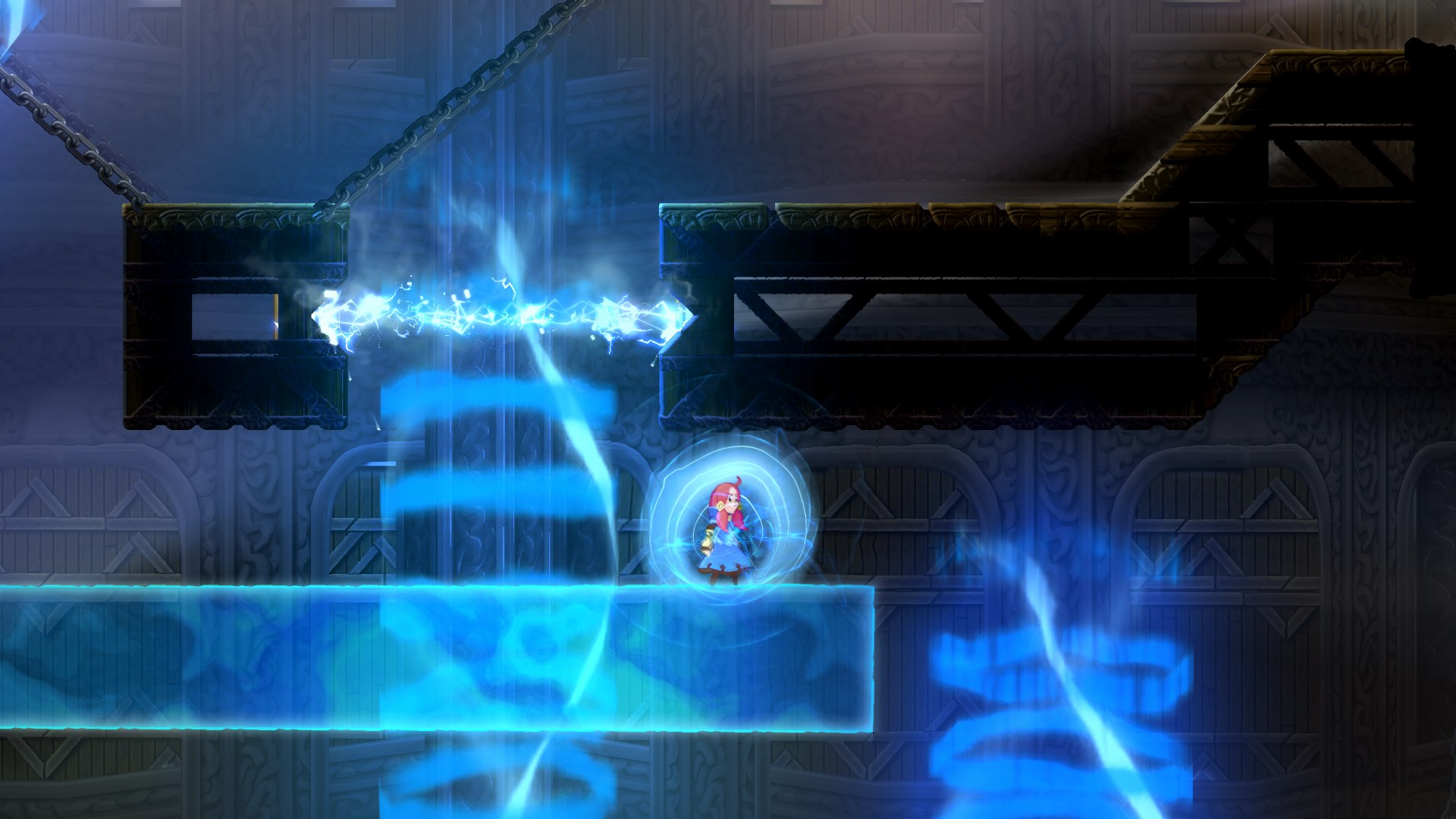
Lumina will face off against epic monsters such as Fafnir, in the form of a giant coiling snake. In other boss fights, she fights a Draug, which in Norse mythology is a term for an undead creature. As the name suspects, this boss is a decaying deer-like creature that summons electrical ghouls that won't hesitate to explode as a last-ditch effort.
The creepy shadow beasts return from the first game although they play a minimal role this time around. There was one part of the game where Lumina saves one of the beasts and they befriend her, helping her in the final leg of the game. I'd prefer the help over being eaten alive. During the game's second half, the harmless "tesla ants" also appear, except Lumina can actively pick up the bots and use their charge as a portable device.
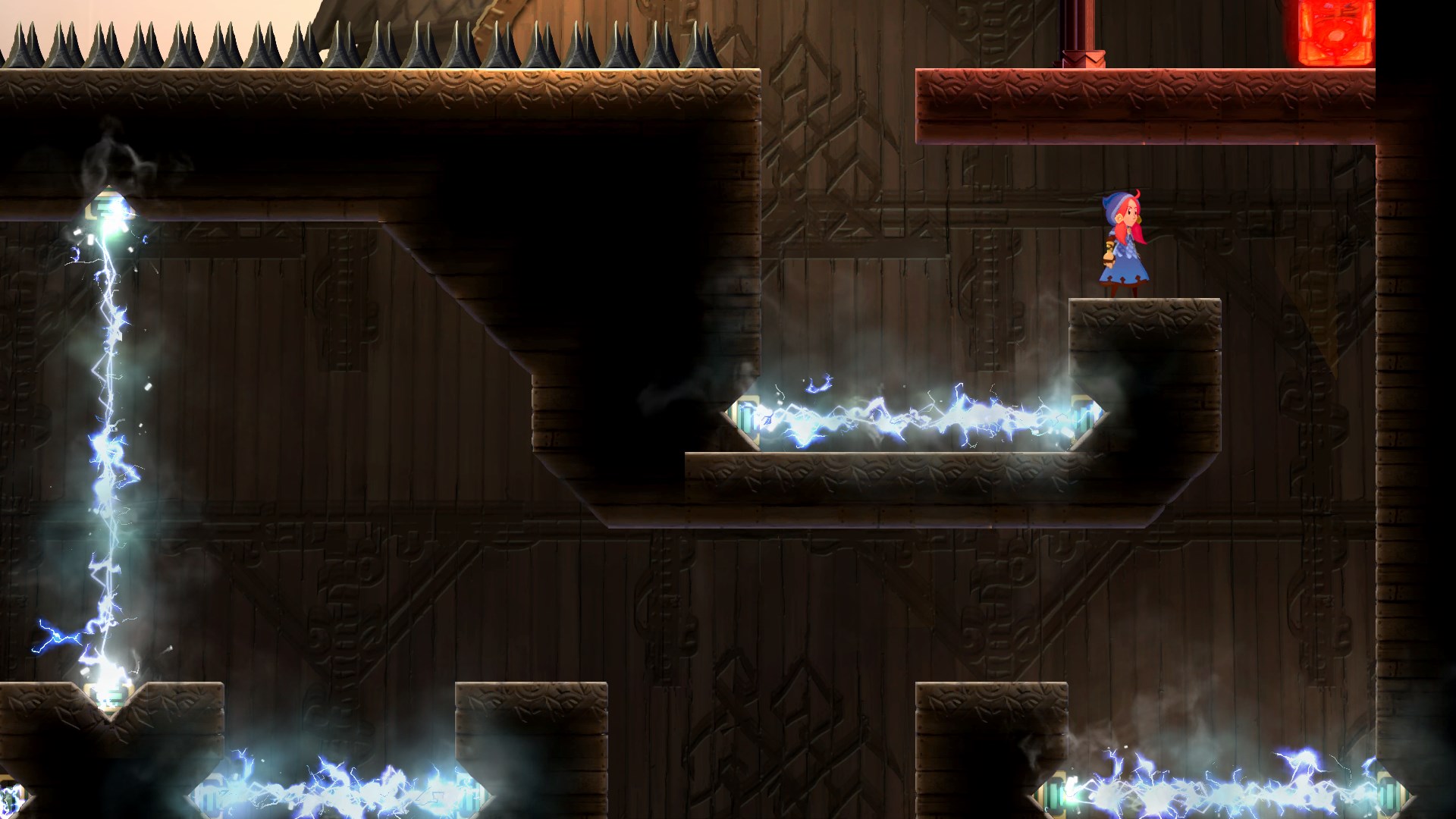
There are many quality-of-life changes introduced in Teslagrad 2, including increasing the overall field of vision. In the first game, even within the concept of being in a dark mysterious tower, the game felt claustrophobic and I often wasn't sure what was ahead the first time around. While it's subtle, the increase in FOV meant that I could see more of the world around me. This was a necessity as the world in Teslagrad 2 is greater than Teslagrad. There are several environments to explore, including treacherous icy caverns and branching forests.
As an experienced teslamancer, Lumina moves with confidence and with most of her abilities from the beginning of the game. While I recommend playing the first game to get a feel for the controls, the sequel eases newcomers comfortably by introducing newer mechanics as they become relevant. Opposite charges attract and similar charges repel, just like in Teslagrad, but the player is given cool tools like an axe that's based on Thor's Hammer. This axe in particular will always have a blue charge, which is useful for ascending heights that otherwise wouldn't be possible.
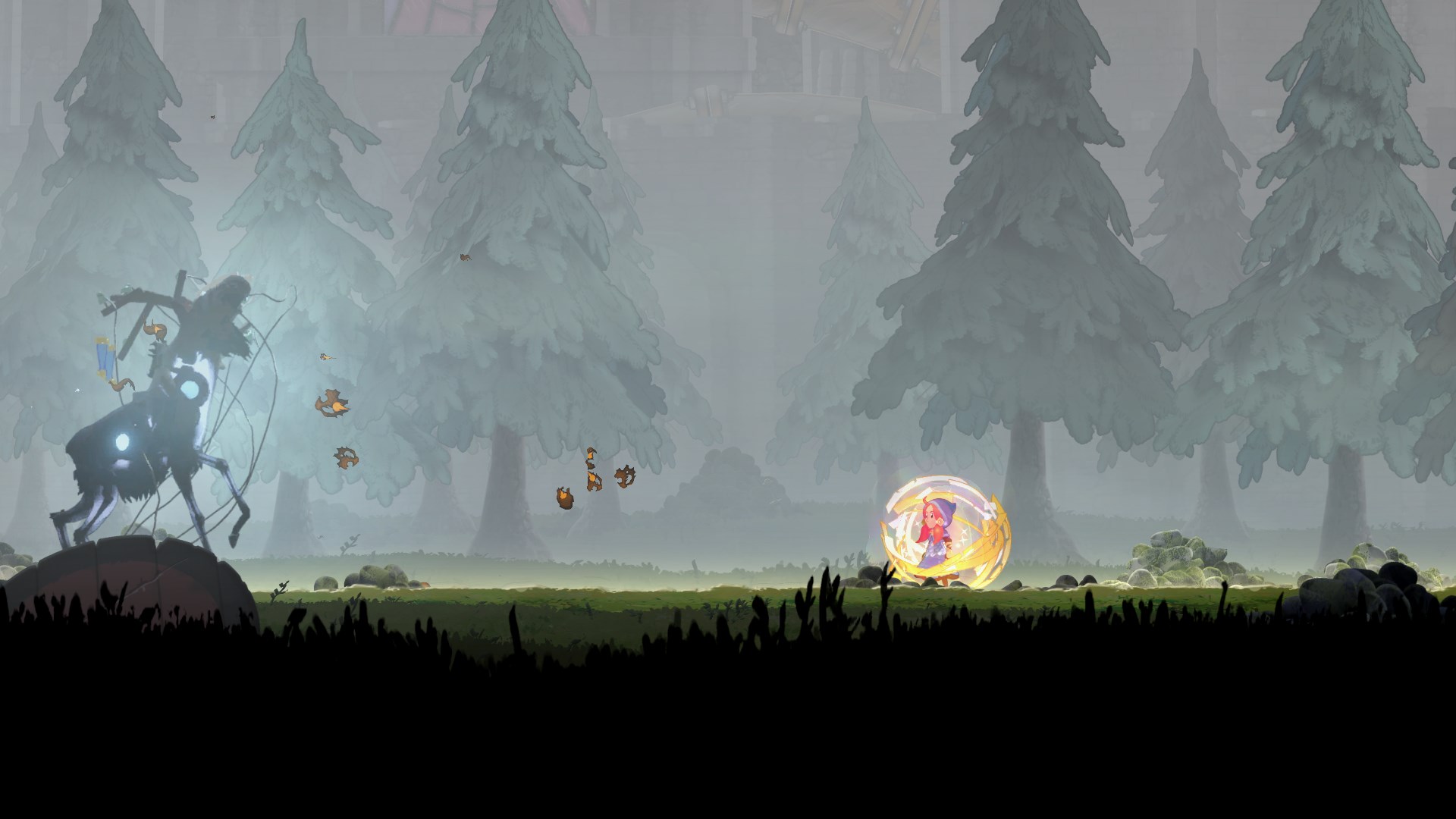
The movement has also improved as players can unlock abilities that greatly increase their travel speed in water and a slide mechanic that turns Teslagrad into a Sonic the Hedgehog-style speed platformer. There are hazards meant to halt the player's speed should they go too fast and recklessly, but there was never a moment in Teslagrad 2 where I felt like I was in a hopeless situation. The boss battles felt like traditional battles that re-introduced mechanics to test my mastery. As a courtesy, before each fight, there are even shields that absorb one hit per round.
What surprised me was the game's length as even for a platformer it's very short, much less for a "Metroidvania." Skilled players who find themselves able to clear the puzzles without much difficulty can clear the game in around three hours. It took me five and I wouldn't say I was a "pro" at this. The one thing that the game improves on over Teslagrad is its accessibility. It picks up where the original left off in terms of creativity and telling a story without spoken or written dialogue. All it had to do was make it easier for players to grasp while not holding their hands.
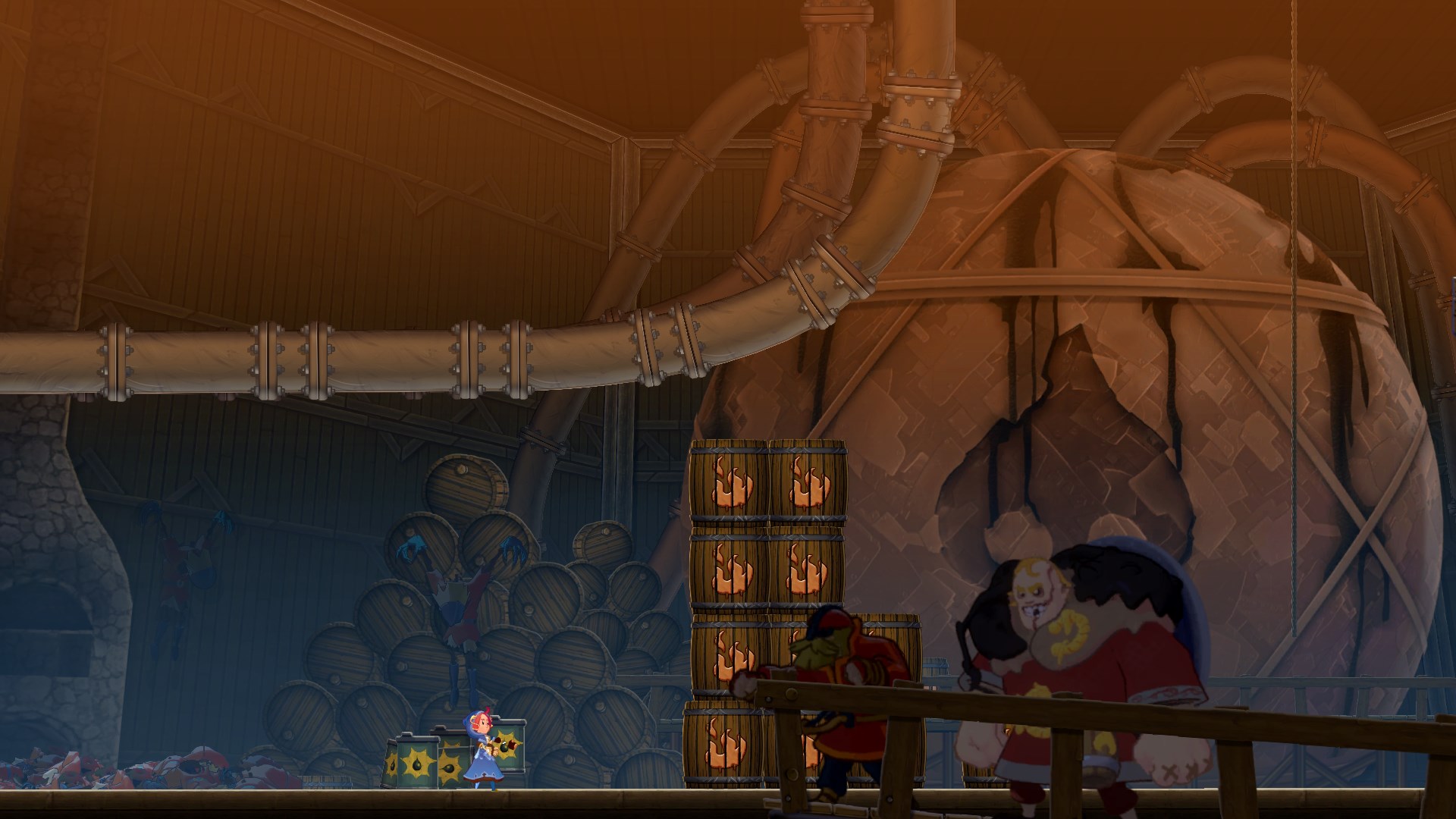
Teslagrad 2 manages to achieve this plus many more. This felt more like a complete game and experience while the first felt more like several "proof of concepts and puzzles layered in rooms of a giant tower." While the ending of the game confused me from a story perspective, the gameplay was enough to keep me entertained through to the end. It would take a bit longer to 100% the game but I did wish there was more to do.
Overall, Teslagrad 2 is an amazing physics puzzle platformer that fans of games of this nature will enjoy. I usually recommend playing the original before a sequel, but here it's perfectly fine to start from this game. I wanted to give a huge thanks to Rain Games once again for being super generous in allowing me to play their catalog this month. It was an enjoyable experience and I can't wait to see more of what they create!
Teslagrad 2 is available on the Nintendo Switch, PC, Sony PlayStation 4, Sony PlayStation 5, Xbox One, and Xbox Series X/S.

